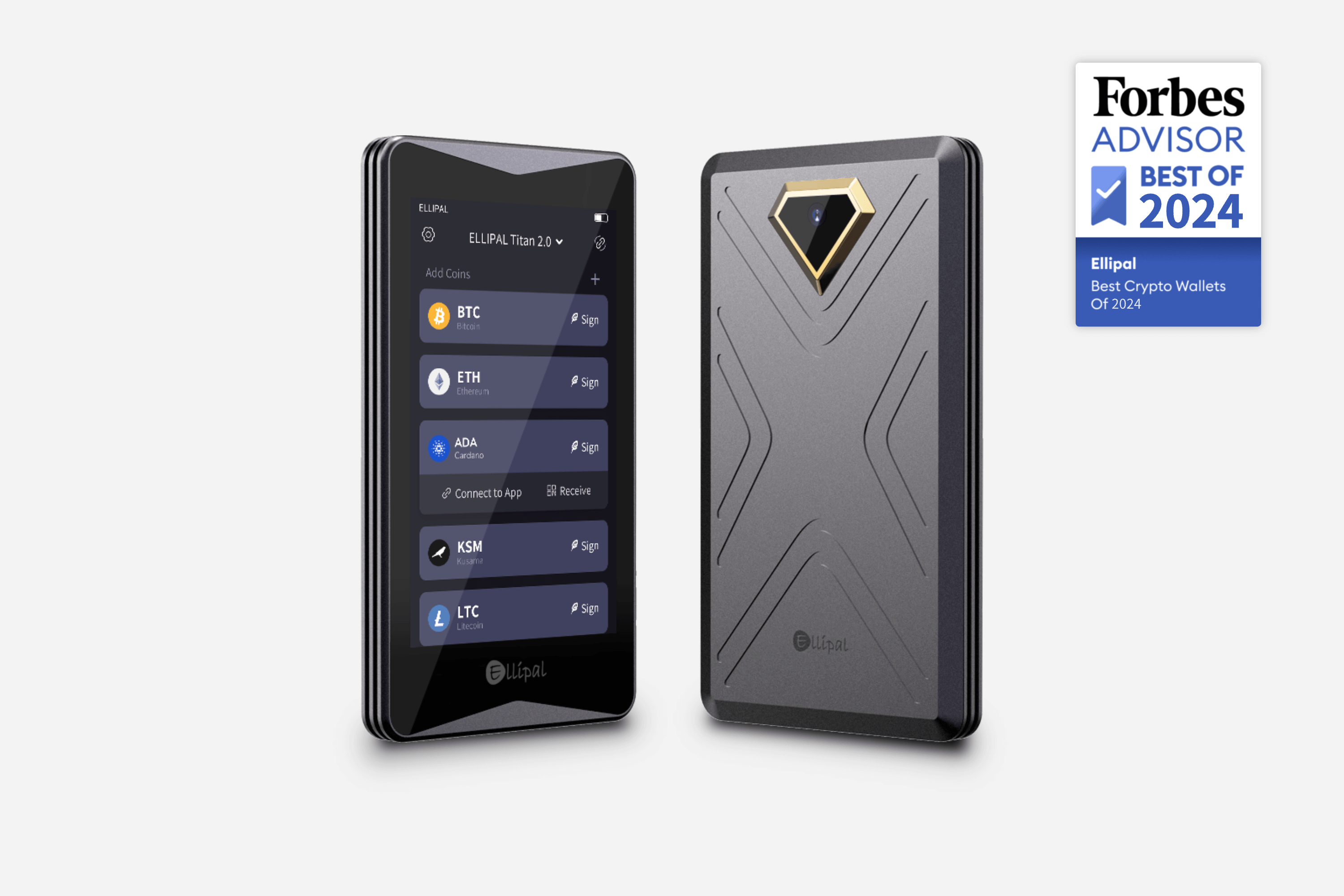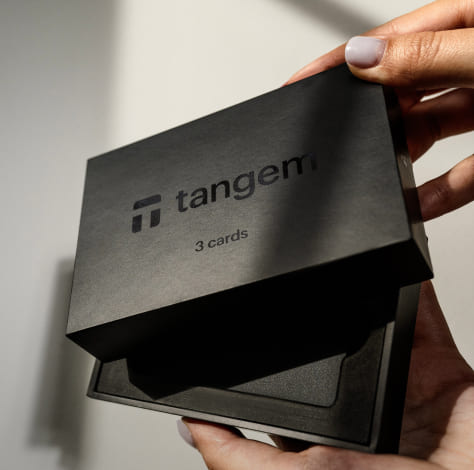
Encryption plays a vital role in protecting sensitive data transmitted between hardware wallets and user devices. Utilizing encrypted channel protocols ensures that private keys and transaction details remain confidential, guarding against potential cyber threats. These protocols establish a secure line of communication, mitigating the risk of interception and unauthorized access. Understanding these mechanisms is vital for anyone looking to enhance their digital asset security and safeguard their investments effectively.
Key Takeaways:
- Encrypted channels enhance secure communication between hardware wallets and external devices, mitigating risks of data interception.
- Protocol implementations must prioritize both confidentiality and integrity to protect sensitive user information and transaction details.
- Regular updates and audits of communication protocols are important to address emerging security vulnerabilities.
Understanding Hardware Wallets
Your definition of hardware wallets relates to secure physical devices designed to safely store cryptocurrency private keys offline. These wallets aim to mitigate the risk of exposure to online threats, ensuring that users can manage their digital assets with a high level of security by utilizing encryption and secure communication protocols. The purpose of hardware wallets extends beyond mere storage, as they serve as a protective barrier against potential hacking attempts and malware, allowing users to transact with confidence.
Definition and Purpose
Beside protecting private keys, hardware wallets provide a user-friendly interface that streamlines access to cryptocurrency assets. The overall goal is to facilitate secure cryptocurrency transactions while significantly reducing the chance of unauthorized access or loss due to attacks. Their design emphasizes the importance of security, offering features such as PIN protection and recovery seed generation to ensure that users retain control over their digital funds.
Types of Hardware Wallets
Wallets come in various forms, each tailored to meet the needs of different users. The primary types include:
| Cold Wallets | Devices that are completely offline, providing maximum security against cyber attacks. |
| Hot Wallets | Wallets connected to the internet, allowing for easy access but lower security. |
| Multi-Currency Wallets | Support multiple cryptocurrencies, offering versatility for users. |
| Single-Currency Wallets | Optimized for one specific cryptocurrency, providing a streamlined experience. |
| USB Wallets | Connect via USB and often function as cold storage options when unplugged. |
Thou must choose the type of wallet that aligns with your security needs and usage habits.
Purpose varies significantly based on the wallet type, emphasizing different levels of security and functionality. Understanding these aspects allows users to decide which hardware wallet fits their particular cryptographic needs. Some wallets focus on security while others prioritize usability and interaction with online platforms. As the landscape of digital assets continues to evolve, having a clear understanding of these types ensures safe management of funds.
| Security | Essential for safeguarding digital assets against theft. |
| Usability | Affects the ease of accessing and managing funds. |
| Compatibility | Ensures the wallet can interact with various cryptocurrencies. |
| Accessibility | Impacts how quickly users can conduct transactions. |
| Cost | Factors in the decision-making process when purchasing a wallet. |
Thou should evaluate these factors to determine the best wallet type for your needs.
Importance of Secure Communication
Any compromise in communication channels can lead to significant vulnerabilities in hardware wallet transactions. Secure communication not only ensures the integrity of data but also fosters user trust in the security of their assets. The implementation of robust encryption protocols is imperative to safeguard sensitive information while facilitating seamless and secure interactions between devices.
Risks of Unsecured Channels
Across multiple platforms, unsecured communication channels expose users to numerous risks, including data interception, unauthorized access, and various cyberattacks. Without encryption, sensitive data such as private keys and transaction details can be easily intercepted by malicious actors, leading to the theft of assets and loss of user confidence. It is imperative to understand that inadequately protected communications create an inviting target for attackers looking to exploit weaknesses.
Need for Encryption
By encrypting communication channels, users can significantly reduce the risks associated with data breaches and fraudulent activities. Encryption serves as a strong barrier against potential threats, ensuring that even if data is intercepted, it remains unreadable without the correct decryption keys. This added layer of security is vital for maintaining the confidentiality and integrity of transactions within hardware wallets.
Even the most sophisticated attack methods can be thwarted with proper encryption techniques. Implementing encryption ensures that sensitive information is accessible only to authorized parties, preventing data breaches and unauthorized access. The positive implications of encryption in establishing a secure communication landscape are profound, reinforcing user confidence and safeguarding digital assets from emerging threats.
Encrypted Channel Protocols
After the implementation of hardware wallets, secure communication becomes paramount. Encrypted channel protocols ensure that data exchanged between the wallet and external sources remains private and tamper-proof. These protocols utilize various encryption methods to safeguard the integrity and confidentiality of messages, making them vital for secure cryptocurrency transactions.
Overview of Encryption Methods
Above all encryption techniques are symmetric and asymmetric encryption. Symmetric encryption uses a single key for both encryption and decryption, making it fast but potentially vulnerable if the key is intercepted. In contrast, asymmetric encryption employs a public and a private key, enhancing security since the private key never leaves the hardware wallet. The choice of encryption directly affects the overall security of communications.
Comparison of Protocols
Below is a comparison of several encrypted channel protocols used in hardware wallets:
| Protocol | Encryption Type |
| SSL/TLS | Asymmetric/Symmetric |
| SSH | Asymmetric/Symmetric |
| PGP | Asymmetric |
With the evolution of encrypted communication protocols, it’s important to evaluate their strengths and weaknesses. Each protocol offers unique features, such as the flexibility of SSL/TLS and the robust security provided by PGP. However, vulnerabilities may exist in implementation, making it crucial for users to stay informed about the latest developments and potential threats to their security.
| Strengths | Weaknesses |
| High Compatibility | Latency Issues |
| Strong Encryption Standards | Complex Setup |
Implementing Secure Communication
Unlike traditional communication methods, hardware wallets require a specialized approach to ensure secure interaction between devices. Implementing secure communication involves establishing encrypted channels that protect data against unauthorized access and interception. Utilizing advanced encryption protocols, such as TLS, ensures that communication remains confidential and integral during transactions, effectively mitigating risks associated with potential vulnerabilities.
Moreover, the implementation of secure communication is not solely reliant on encryption but also on rigorous authentication processes. Employing multi-factor authentication (MFA) and public key infrastructure (PKI) can further strengthen the security framework, fostering an environment where hardware wallets can operate with minimal threats from external entities, thereby assuring users of their digital asset safety.
Best Practices for Hardware Wallets
Between understanding the importance of secure practices and the functionality of hardware wallets, users must ensure their devices are regularly updated to protect against emerging threats. Implementing strong, unique passwords and utilizing biometric authentication enhances the security posture, significantly reducing the risk of unauthorized access.
Additionally, users should maintain physical security over their hardware wallets, utilizing safety measures such as safe storage and biometric locks. Awareness of phishing attempts and social engineering tactics is imperative, as these can compromise even the most fortified systems if users are not vigilant in identifying threats.
Example Use Cases
Against common misconceptions, the application of secure communication in hardware wallets extends far beyond simple transactions. It encompasses various scenarios, including secure contract signing and encrypted communications for exchanges involving sensitive cryptocurrency assets.
This shows that secure communication within hardware wallets not only fosters trust in financial transactions but also serves as a safeguard for various digital interactions. For instance, professionals using hardware wallets for signing contracts can ensure that the integrity of the document is maintained through encrypted channels, while companies conducting transactions can benefit from the enhanced security measures provided by hardware wallet communication protocols. Implementing these secure solutions establishes not just a safety net for assets, but also promotes confidence in the overall ecosystem of digital finance.
Challenges and Limitations
Not all hardware wallets are equipped with the latest encryption technologies, which can leave them vulnerable to attacks. Additionally, the implementation of secure communication protocols often requires extensive technical knowledge, making it challenging for manufacturers to strike the right balance between security and ease of use. This situation is exacerbated by the need for constant updates to address emerging threats, highlighting the difficulty in maintaining long-term security.
Technical Barriers
Across the landscape of hardware wallet development, many devices face technical barriers that hinder the adoption of robust encrypted communication protocols. Issues such as limited processing power and memory constraints can prevent wallets from effectively implementing intricate encryption algorithms. As a result, some wallets may resort to less secure methods, increasing their susceptibility to attacks.
User Adoption
Before widespread adoption can occur, users must be educated about the significance of secure communication protocols in hardware wallets. Many potential users remain unaware of the benefits these technologies offer and may prioritize convenience over security. Thus, increasing awareness and providing accessible information about security features are imperative for fostering growth in this market.
Also, the perception of complexity surrounding the setup and use of hardware wallets can deter users from adopting this secure method for managing cryptocurrencies. If potential customers perceive the device as too difficult or burdensome to use, they may opt for less secure alternatives, undermining the overall safety that hardware wallets can provide. Increasingly user-friendly interfaces and clear instructions can help bridge this gap, promoting both understanding and engagement.
Future Trends
Now that the importance of securing communication channels has been recognized, we can expect to see significant advancements in the protocols used for hardware wallet encryption. As the technology landscape evolves, integrating newer encryption algorithms will become common, allowing for enhanced security measures tailored to counter emerging threats in the digital currency environment. Quantum computing, in particular, poses challenges to traditional cryptographic methods, prompting the development of quantum-resistant protocols that ensure continued protection.
Advancements in Encryption
By leveraging innovations in encryption technology, hardware wallets are set to enhance user data protection. New asymmetric encryption techniques, such as lattice-based cryptography, are being explored to fortify communication channels against sophisticated cyberattacks. These advancements not only ensure the integrity and privacy of transactions but also bolster user confidence in the adoption of hardware wallets as a trusted method for storing digital assets.
Evolving Security Needs
Along with advancements in encryption, the security needs of users are evolving rapidly. As digital transactions become more commonplace, the demand for robust protection against hacking attempts and data breaches is at an all-time high. Hardware wallets will need to adapt to increasing threats by implementing advanced security features that enable multi-factor authentication, biometric access, and real-time monitoring of transactional activities to cultivate a proactive approach towards safeguarding assets.
Also, understanding user behavior will play a pivotal role in developing security protocols that cater to personalized needs. The integration of artificial intelligence can help in predicting potential security breaches based on user habits, thereby enabling wallets to automatically adjust their protection levels. This adaptive security approach could very well transform how users interact with their hardware wallets, making it both more secure and user-friendly. The trend towards customizable security features will align with user expectations in an increasingly complex digital financial landscape.
Summing up
Considering all points, hardware wallets utilize encrypted channel protocols to establish secure communication channels, ensuring the integrity and confidentiality of user data. By implementing advanced encryption methods, these wallets protect sensitive information, reducing the risk of unauthorized access and potential breaches, which is vital in the current digital landscape.
Furthermore, the reliability of encrypted channel protocols enhances user trust in hardware wallets, promoting broader adoption for secure cryptocurrency management. As technological threats continue to evolve, continuous advancements in these protocols will be important to maintain robust security measures, adapting to new vulnerabilities while safeguarding digital assets.
FAQ
Q: What is a hardware wallet and how does it ensure secure communication?
A: A hardware wallet is a physical device designed to securely store private keys offline. It ensures secure communication by using encrypted channels for data transmission, preventing unauthorized access and potential hacking attempts.
Q: What are encrypted channel protocols and why are they important for hardware wallets?
A: Encrypted channel protocols are methods that encrypt data being transmitted between devices. They are important for hardware wallets as they protect sensitive information, such as private keys, from interception and unauthorized access during communication with other devices or servers.
Q: How does the use of secure communication protocols enhance the safety of transactions performed with a hardware wallet?
A: The use of secure communication protocols enhances safety by ensuring that all transaction data is encrypted during transmission. This reduces the risk of exposure to man-in-the-middle attacks or data breaches, thereby providing an additional layer of security for transactions conducted with the hardware wallet.







